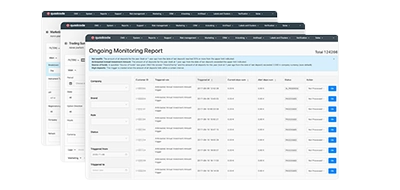Sàn môi giới nhãn trắng phù hợp với từng thương hiệu. Sẵn sàng bắt đầu công việc môi giới chỉ sau 2 tuần với các giải pháp hoàn toàn tùy chỉnh.
Nền tảng giao dịch nhãn trắng phù hợp với từng thương hiệu môi giới của chúng tôi cung cấp giao diện người dùng tiên tiến và trải nghiệm giao dịch liền mạch.

Gặp gỡ đội ngũ của chúng tôi! Nếu có bất kỳ thắc mắc hoặc cơ hội hợp tác nào, vui lòng liên hệ trực tiếp với chúng tôi. Chúng tôi ở đây và sẵn sàng hỗ trợ.

Brokerage Business
20 tháng 11, 2025
9 phút đọc
What Is a Broker? (Giải thích đơn giản, như nó thực sự hoạt động)
Một nhà môi giới cơ bản là người cho bạn quyền truy cập vào những gì bạn không thể tự mình đạt được – một thị trường tài chính, một thỏa thuận thế chấp, bảo hiểm, hoặc thậm chí là một khoản mua bất động sản.
<
1
2
... 13
14
>










